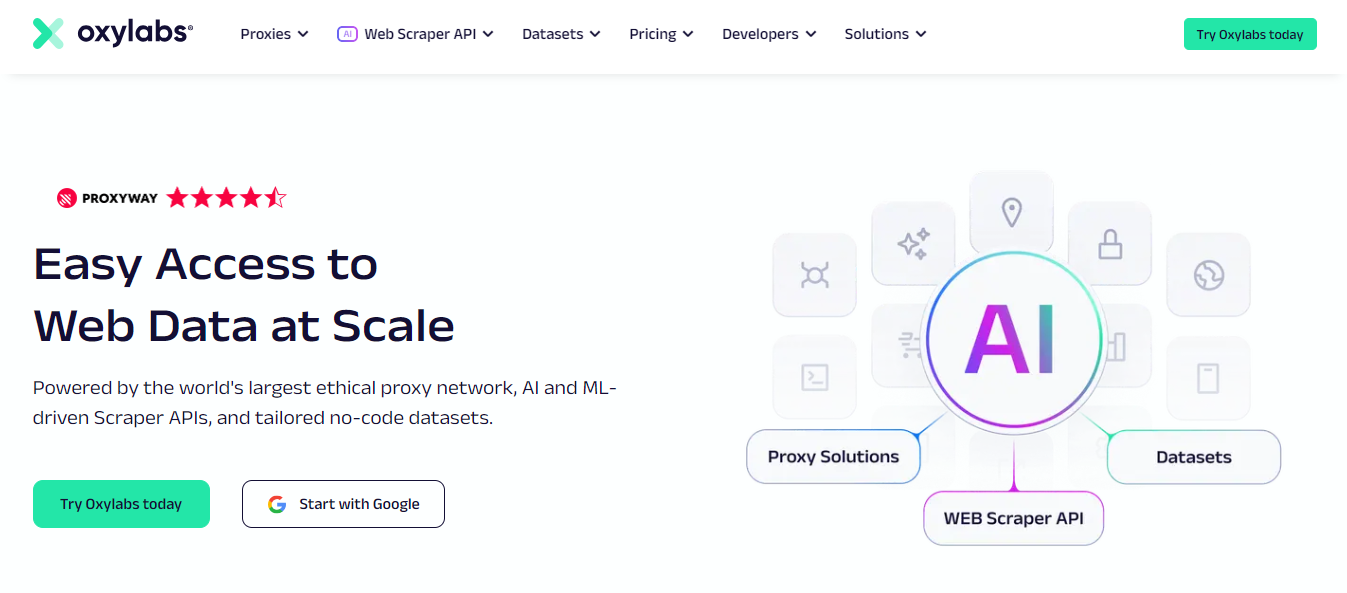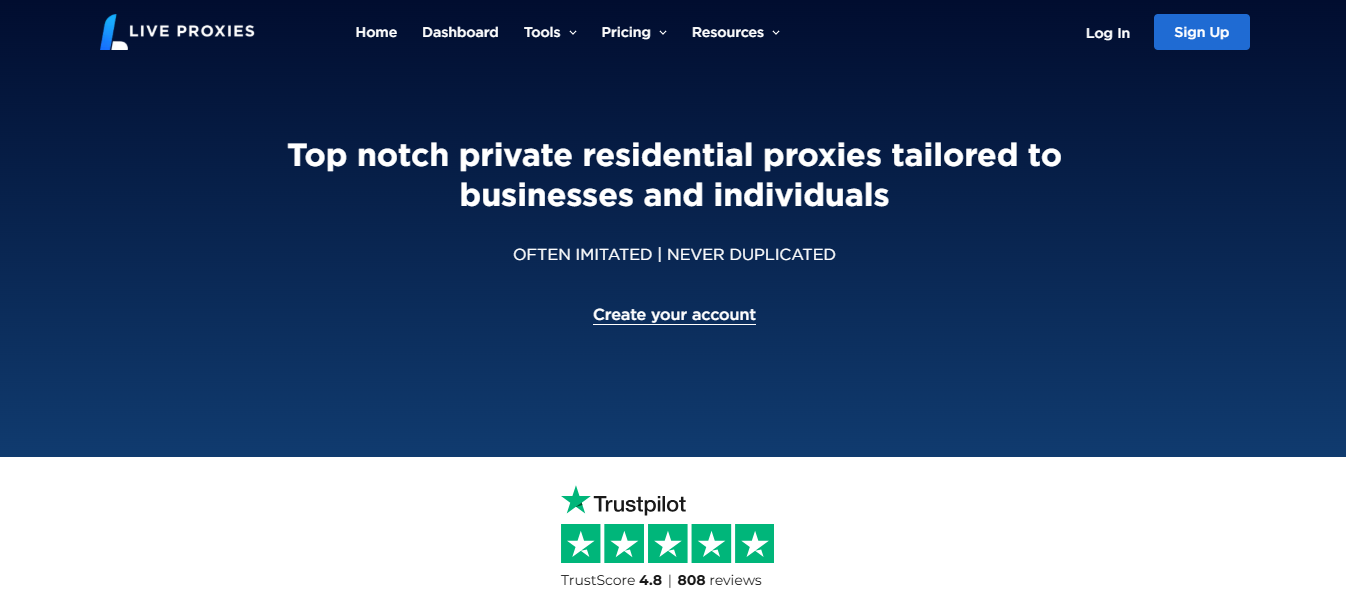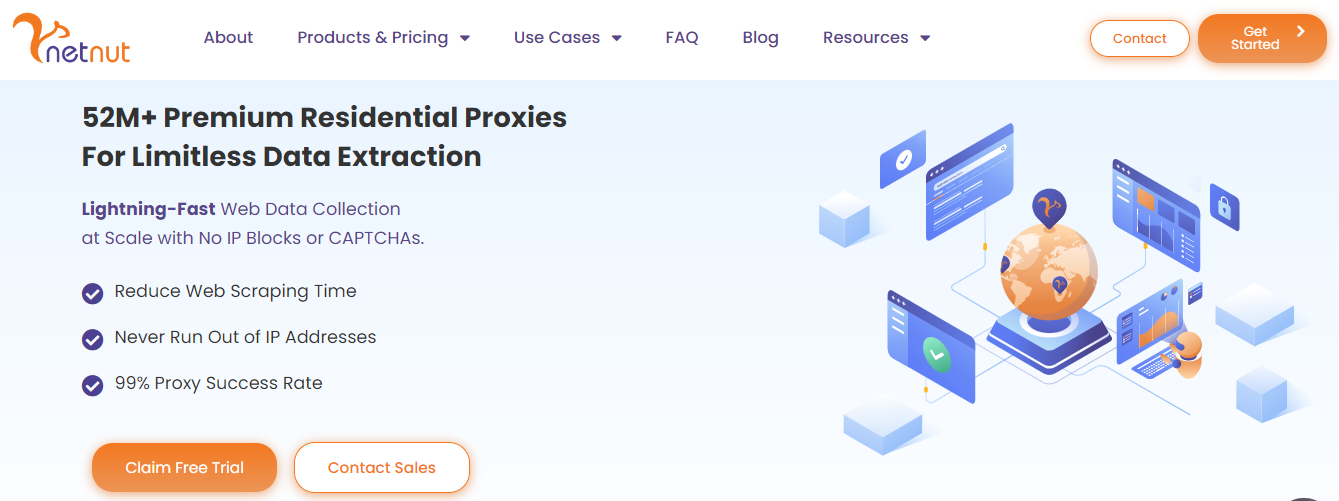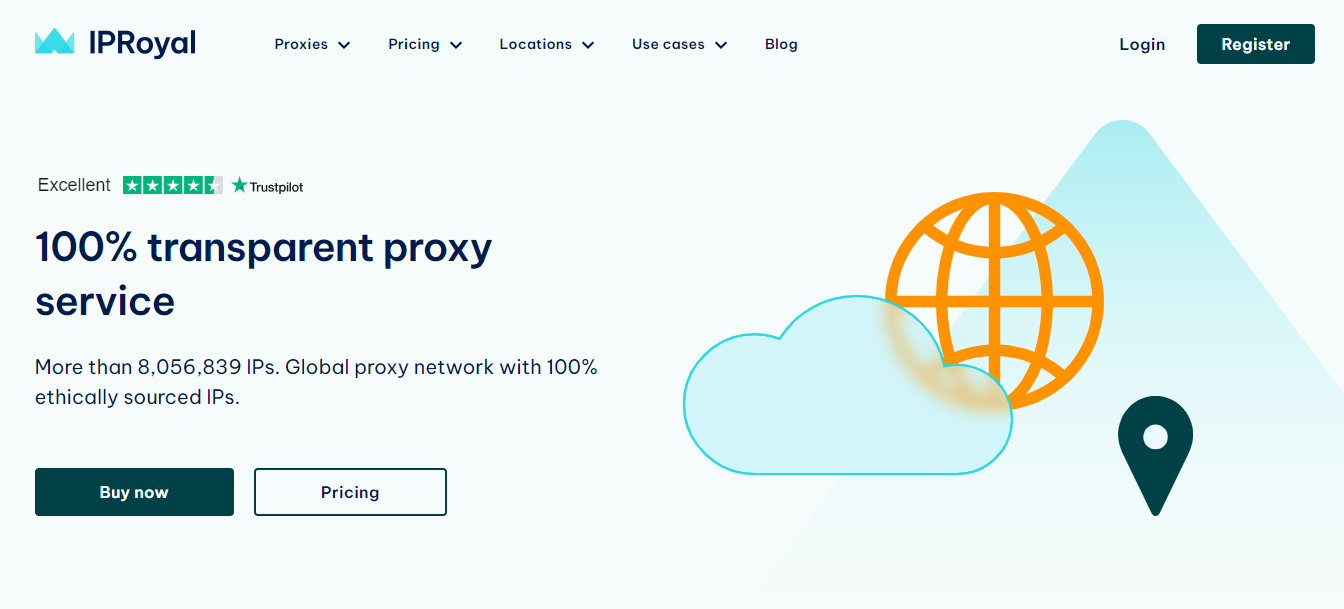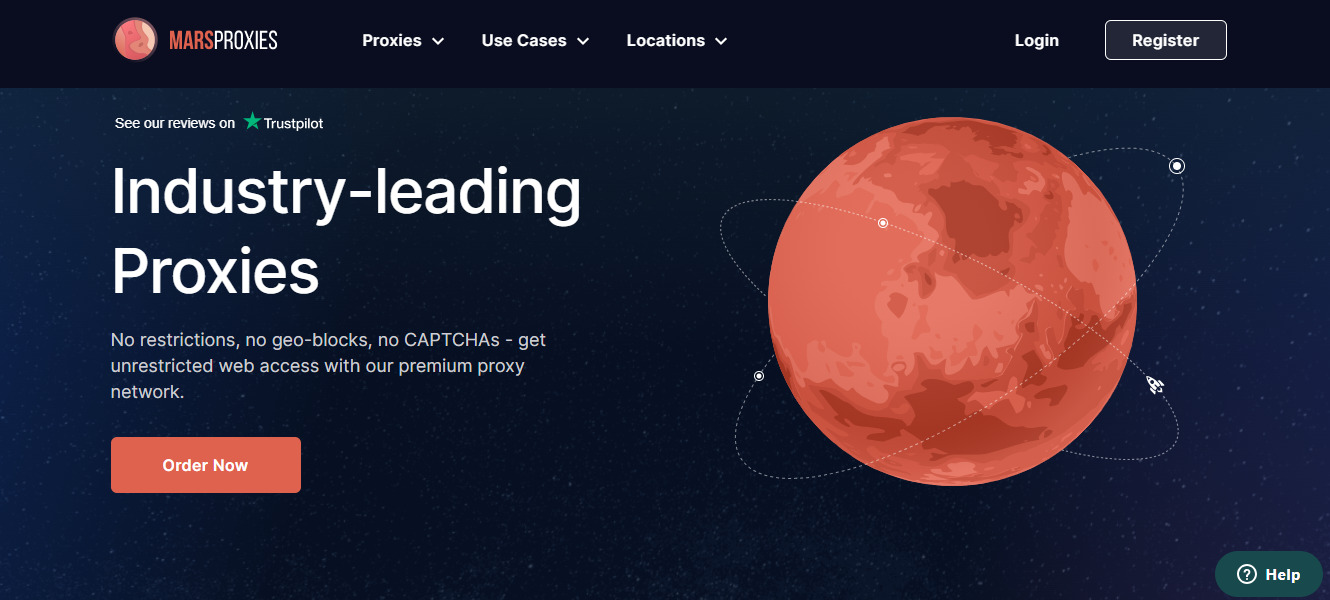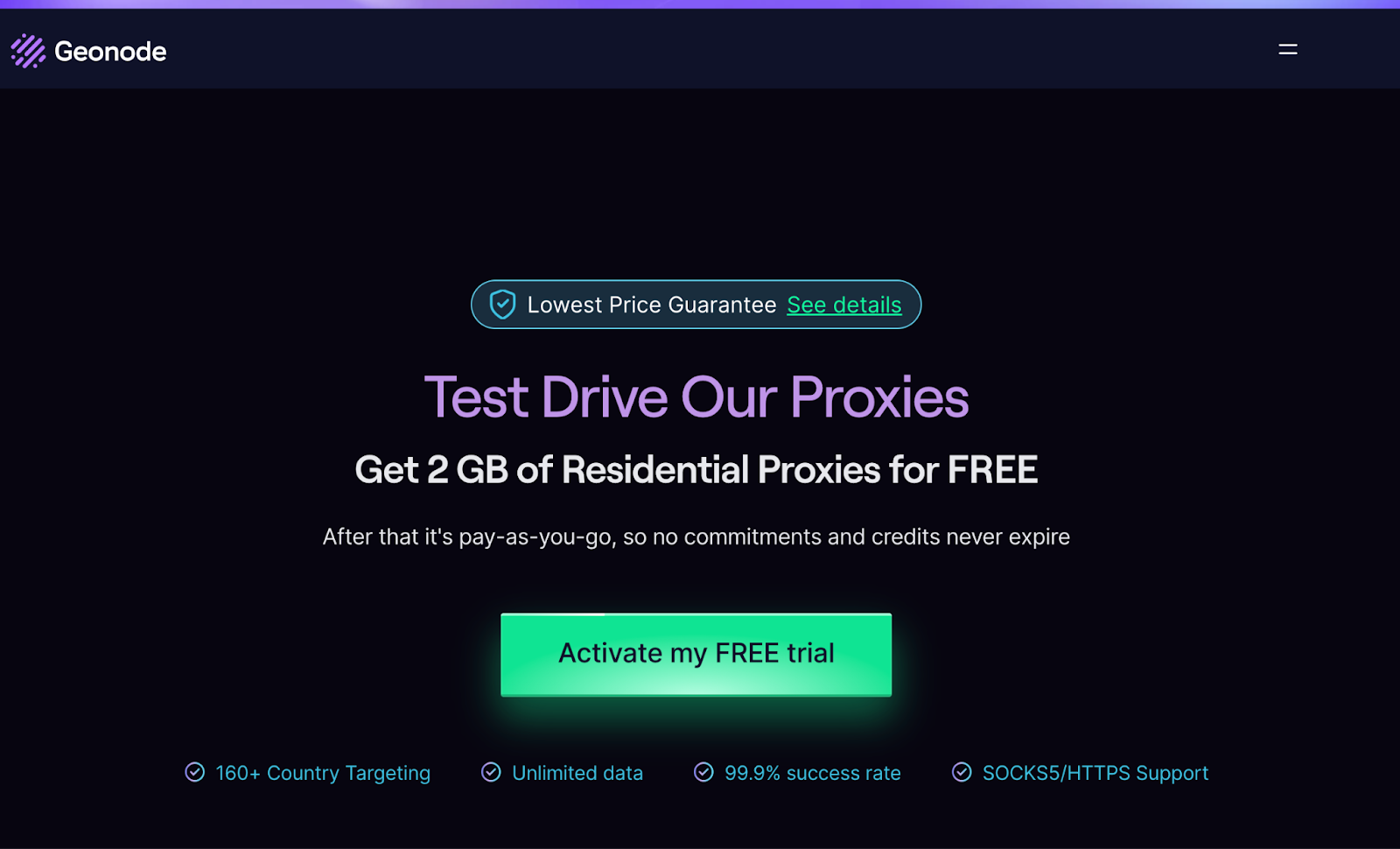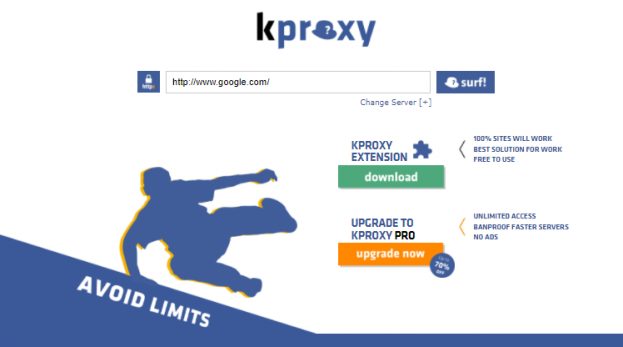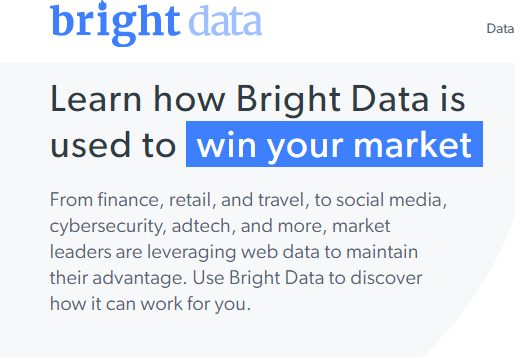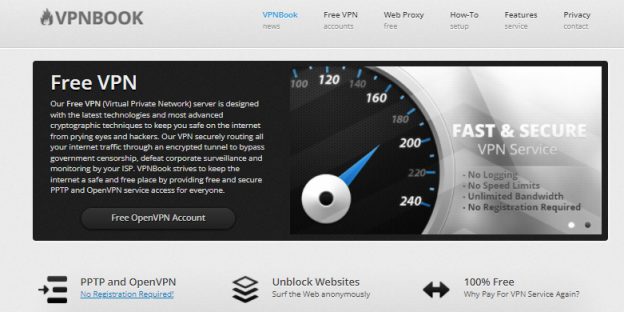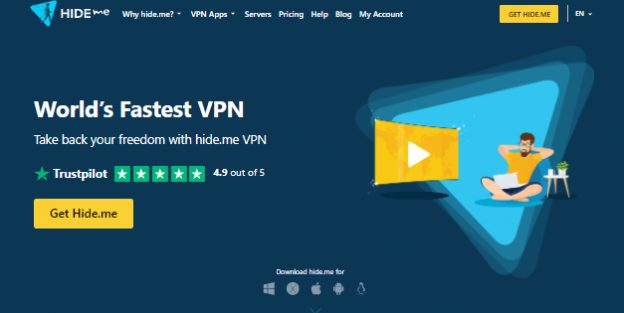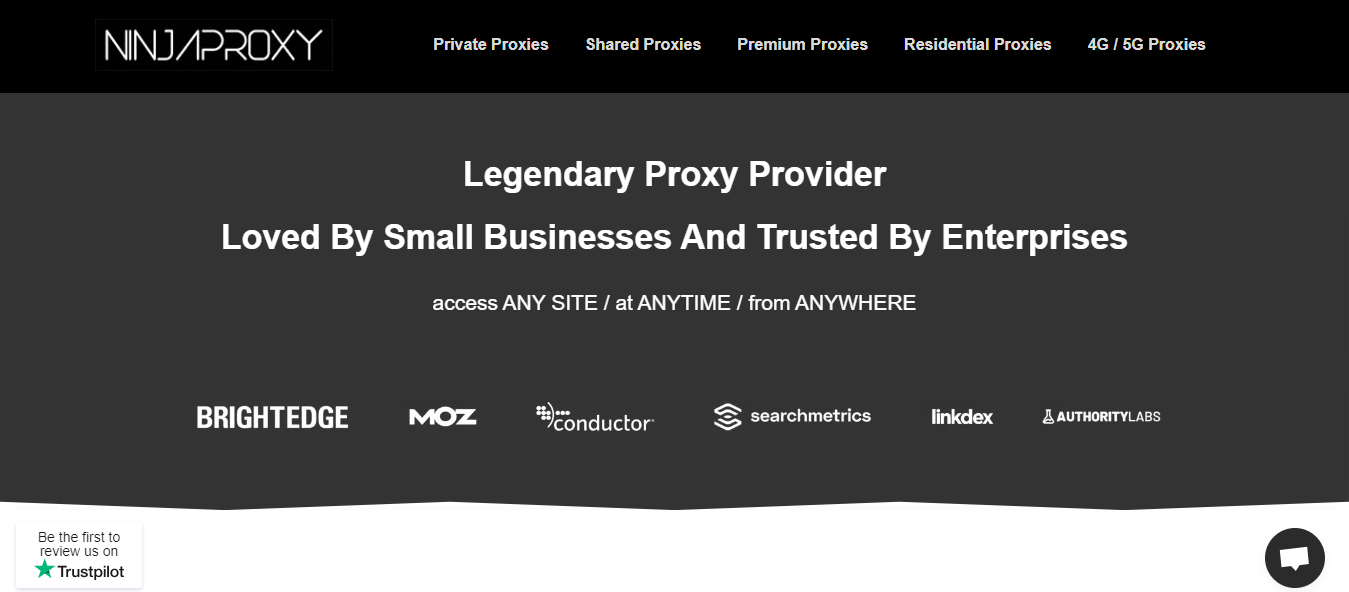I will show you the best proxies for bots in this post.
In today’s digital landscape, bots have become increasingly common for various legitimate purposes, such as web scraping, market research, and automated testing.
However, choosing the right proxy service is crucial to ensure smooth and efficient bot operations. This comprehensive guide will explore the best proxy services for ethical bot usage, helping you decide on your specific needs.
Before we dive into the top proxy providers, let’s briefly discuss what proxies are, why they’re essential for bot operations, and the importance of ethical usage.
Table of Contents
What are Proxies and Why Are They Important for Bots?
A proxy server is an intermediary between your bot and the websites it interacts with. Instead of your bot’s requests coming directly from your IP address, they’re routed through the proxy server, masking your original IP. This process offers several benefits:
- Anonymity: Proxies hide your bot’s real IP address, protecting your identity and location.
- Avoiding IP Bans: By rotating through different IP addresses, you can prevent websites from blocking your bot due to excessive requests.
- Geo-targeting: Proxies allow you to access content from specific geographic locations.
- Improved Performance: Some proxy services can optimize connections and reduce latency.
Ethical Usage of Proxies for Bots
While proxies offer numerous advantages, using them ethically and responsibly is crucial. Here are some guidelines to ensure ethical proxy usage:
- Respect website terms of service and robots.txt files.
- Implement proper request rates to avoid overwhelming target servers.
- Use data collected only for legitimate purposes and in compliance with applicable laws.
- Avoid accessing sensitive or personal information without proper authorization.
- Be transparent about your bot’s identity when required.
Best Proxies Deals
Let’s explore some of the best proxy services for ethical bot usage.
Best Featured Proxy Service Providers – EDITOR’S CHOICES
1. Decodo – Best for Affordable High-Quality Proxies
Decodo (formerly Smartproxy) is an industry-leading proxy provider known for delivering premium features at a budget-friendly price.
With over 115 million IPs, including 55 million+ residential proxies, Decodo ensures seamless access to global content with <0.3s average speed and 99.99% uptime. Whether you need residential, datacenter, or mobile proxies, Decodo offers easy setup, a user-friendly dashboard, and reliable performance.
Key Features:
- 115 million+ IPs across 195+ locations
- Residential proxies with 55 million+ IPs (Use code RESI50 for 50% off – limited time!)
- All other products come with a free trial
- HTTPs and SOCKS5 support
- High success rates for web scraping and automation
- Customer support responds within 40 seconds
Best Use Cases:
- Efficient web scraping and data extraction
- Social media management and automation
- Secure browsing and ad verification
2. Webshare – Best for Customizable Proxy Solutions
Webshare is a flexible proxy service that allows users to customize their proxy experience precisely. Offering a wide range of residential, datacenter, and mobile proxies, Webshare offers exceptional speed, security, and scalability tailored to individual needs.
Key Features:
- SOCKS5/HTTP protocol support for flexible integration.
- Proxy pool of 30+ million across 195+ countries for global coverage.
- 99.7% uptime ensuring reliable and uninterrupted connections.
- Affordable pricing with free plan options
- Fully customizable proxy packages
- High-speed datacenter and residential proxies
- No bandwidth limitations on premium plans
Best Use Cases:
- Competitive market research and SEO monitoring
- Automated testing and software development
- Unblocking geo-restricted content
3. Oxylabs – Best for Enterprise-Grade Web Scraping
Oxylabs is a top choice for businesses that require large-scale data gathering and enterprise-grade proxy solutions. With one of the most extensive proxy networks in the industry, Oxylabs ensures maximum reliability and success rates for data-intensive tasks.
Key Features:
- 175M+ residential and datacenter IPs worldwide
- AI-driven web scraping tools for efficiency
- High success rates with premium geo-targeting
- Enterprise-level security and compliance
Best Use Cases:
- Large-scale data extraction for research and analytics
- Ad intelligence and brand protection
- Business intelligence and eCommerce monitoring
Best Proxies for Bots
1. IPRoyal: Premium Proxies with a Royal Touch
IPRoyal has quickly become a favorite among developers and businesses for its high-quality proxy services. They offer various proxy types, including residential, datacenter, and mobile proxies.
Key Features:
- The large pool of residential IPs from over 190 countries
- Ethical sourcing of IPs through their IPRoyal Pawns program
- Supports HTTP, HTTPS, and SOCKS5 protocols
- Flexible pricing plans, including pay-as-you-go options
- 24/7 customer support
Best For: IPRoyal is an excellent choice for businesses requiring a diverse range of proxy types and locations, especially for tasks like web scraping and market research.
2. Live Proxies
Overview: Live Proxies is a leading provider of rotating and static residential proxies tailored for sneaker copping and automation needs. Their infrastructure ensures high-speed connections, superior anonymity, and tailored solutions for both individual and enterprise users.
Features:
- Rotating and Static Residential Proxies: Offers dynamic IPs for enhanced anonymity and static IPs for stable, long-term operations.
- Sticky Sessions: Proxies maintain the same IP for up to 60 minutes, ideal for tasks requiring continuity.
- Private IP Allocation: Exclusive IPs for each user ensure no overlap on targeted sites, boosting performance and reducing bans.
- High Uptime and Reliability: Proxies provide 99.9% uptime, sourced from ethical networks adhering to GDPR and CCPA regulations.
- Custom Enterprise Plans: Tailored solutions for high-volume tasks like web scraping, brand protection, and market research.
Pros:
- Wide variety of proxy types to suit different needs.
- Customizable plans for flexibility.
- High anonymity and reliable performance.
- Responsive and helpful customer support.
Cons:
- Limited location options compared to some competitors.
- Some advanced features may cater more to enterprise needs.
Best For: Sneaker enthusiasts and businesses requiring robust proxy solutions with customizable plans and top-tier performance.
==>> Get Live Proxies
3. NetNut: Static Residential Proxies for Reliable Performance
NetNut differentiates itself by offering static residential proxies, which provide the benefits of residential IPs with the stability of datacenter proxies. This unique approach makes NetNut an attractive option for many bot applications.
Key Features:
- Static residential IPs from major ISPs
- High-speed connections with low failure rates
- Supports concurrent sessions
- Pay-per-traffic pricing model
- User-friendly dashboard and API
Best For: NetNut is excellent for businesses that require the legitimacy of residential IPs combined with the reliability of static addresses, particularly for e-commerce and travel industry bots.
4. Infatica: Ethically Sourced Proxies with Global Coverage
Infatica focuses on providing ethically sourced residential and mobile proxies. Their commitment to transparency and fair practices makes them a solid choice for businesses concerned about the ethical implications of proxy usage.
Key Features:
- Ethically sourced residential and mobile proxies
- Coverage in over 100 countries
- Supports HTTP, HTTPS, and SOCKS5 protocols
- Flexible pricing plans with no long-term commitments
- Dedicated account managers for enterprise clients
Best For: Infatica is ideal for businesses and researchers who prioritize ethical sourcing and want a transparent proxy provider with global coverage.
5. Mars Proxies: Affordable and Reliable Datacenter Proxies
Mars Proxies specializes in providing high-quality datacenter proxies at competitive prices. While they may not offer the diverse range of proxy types that some other providers do, their focus on datacenter proxies allows them to excel in this specific niche.
Key Features:
- Large pool of datacenter IPs across multiple locations
- Unlimited bandwidth on all plans
- Supports HTTP, HTTPS, and SOCKS5 protocols
- User-friendly control panel
- Responsive customer support
Best For: Mars Proxies is an excellent choice for users who primarily need datacenter proxies for tasks like web scraping, market research, or automated testing on a budget.
6. Nodemaven: Specialized Proxy Solutions for Developers
Nodemaven offers a unique approach to proxy services, catering specifically to developers and businesses with custom proxy needs. Their focus on tailored solutions sets them apart from more generalized proxy providers.
Key Features:
- Custom proxy solutions for specific use cases
- Dedicated IPs and rotating proxies available
- Support for various protocols and integration methods
- Flexible API for easy integration with existing systems
- Personalized support and consultation services
Best For: Nodemaven is ideal for developers and businesses with specialized proxy requirements that off-the-shelf solutions from other providers may not meet.
7. Bright Data (formerly Luminati): The Swiss Army Knife of Proxy Services
Bright Data offers one of the most comprehensive proxy ecosystems in the market. With a vast network of residential, datacenter, mobile, and ISP proxies, they cater to a wide range of use cases.
Key Features:
- Largest proxy network with over 72 million IPs
- Advanced targeting options (ASN, carrier, city-level)
- Proxy Manager for easy integration and management
- Web Unlocker for accessing challenging websites
- Extensive documentation and SDK support
Best For: Bright Data is suitable for businesses of all sizes requiring diverse proxy options and advanced features for complex bot operations.
8. GeoSurf: Premium Residential Proxies with Advanced Geo-Targeting
GeoSurf offers a premium residential proxy network with a strong focus on accurate geo-targeting capabilities. Their service is particularly well-suited for businesses that require precise location-based data collection.
Key Features:
- Over 2.5 million residential IPs
- Precise targeting down to the city and ISP level
- Supports major protocols (HTTP, HTTPS, SOCKS5)
- Browser extension for easy proxy management
- Dedicated IPs available for specific use cases
Best For: GeoSurf is excellent for businesses that require highly accurate geo-targeted data collection, such as localized SEO research or regional market analysis.
9. ProxyEmpire: Flexible and User-Friendly Proxy Solutions
ProxyEmpire offers a comprehensive suite of proxy services, including residential, mobile, and datacenter proxies. Their user-friendly interface and flexible pricing options make them an attractive choice for both small businesses and large enterprises.
Key Features:
- Diverse proxy types (residential, mobile, datacenter)
- Over 5 million rotating IPs
- Supports HTTP, HTTPS, and SOCKS5 protocols
- Pay-as-you-go and subscription-based pricing options
- Easy-to-use dashboard and API
Best For: ProxyEmpire is well-suited for businesses of all sizes looking for a versatile proxy solution with a user-friendly interface and flexible pricing options.
Choosing the Right Proxy Service for Your Bot
When selecting a proxy service for your bot, consider the following factors:
- Proxy Types: Determine whether you need residential, datacenter, or mobile proxies based on your specific use case.
- IP Pool Size: A larger IP pool generally means better anonymity and reduced chances of IP bans.
- Geographic Coverage: Ensure the provider offers IPs in the locations you need to target.
- Speed and Reliability: Look for providers with high-speed connections and low failure rates.
- Pricing Model: Consider whether a bandwidth-based, IP-based, or request-based pricing model works best for your needs.
- Protocol Support: Ensure the provider supports the protocols required for your bot (HTTP, HTTPS, SOCKS5).
- Authentication Methods: Check if the provider offers authentication methods compatible with your bot setup (IP authentication, username/password, etc.).
- Customer Support: Reliable customer support can be crucial, especially when dealing with technical issues.
- Ethical Practices: Choose a provider that sources their IPs ethically and promotes responsible usage.
- Integration and Ease of Use: Consider the provider’s documentation, API support, and additional tools that can simplify integration with your bot.
Implementing Proxies in Your Bot: Best Practices
Once you’ve chosen a proxy service, follow these best practices to ensure smooth and ethical operation of your bot:
- Implement proper proxy rotation to avoid overusing any single IP address.
- Use session management to maintain consistent IPs for tasks that require it.
- Set appropriate request intervals to avoid overwhelming target servers.
- Monitor your proxy usage and performance to identify and address any issues promptly.
- Stay updated on the terms of service of both your proxy provider and target websites.
- Implement error handling and retry mechanisms to deal with proxy failures gracefully.
- Use encryption (HTTPS) whenever possible to protect your bot’s communications.
- Regularly review and update your bot’s behavior to ensure compliance with ethical standards and legal requirements.
Conclusion
Choosing the right proxy service is crucial for the successful and ethical operation of bots. The providers discussed in this guide offer a range of options to suit various needs and budgets.
By carefully considering your specific requirements and following best practices for implementation, you can leverage proxies to enhance your bot’s performance, reliability, and anonymity.
Remember that ethical usage is paramount. Always respect website policies, implement proper rate limiting, and use the data collected responsibly. By doing so, you contribute to a healthier internet ecosystem while benefiting from bot automation’s power.
As the proxy landscape evolves, stay informed about new developments and emerging providers. Regular reassessment of your proxy needs and provider performance will ensure that your bot operations remain efficient, effective, and ethically sound.
INTERESTING POSTS
- How to Build Cybersecurity Expertise as a Professional
- The Best Datacenter Proxies
- Day Trading Crypto For Beginners Using Trading Bots
- 4 Differences Between Residential Proxies and Datacenter Proxies
- Top Proxy Service Providers in 2026: Unlocking Internet Freedom
- The Best Proxy Services for Legitimate Business Purposes









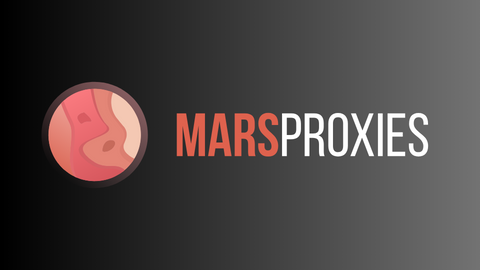
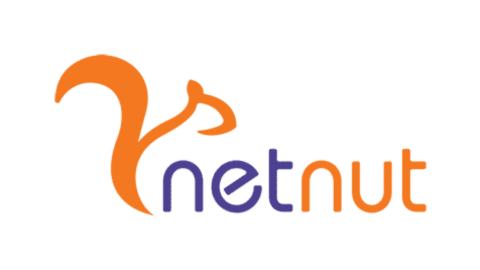
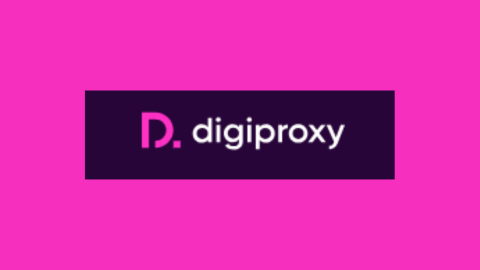
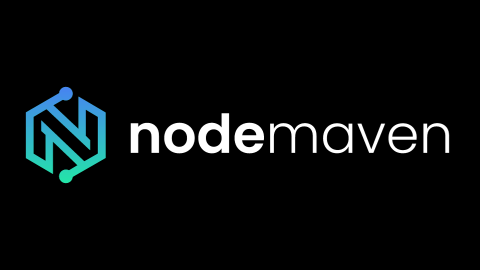

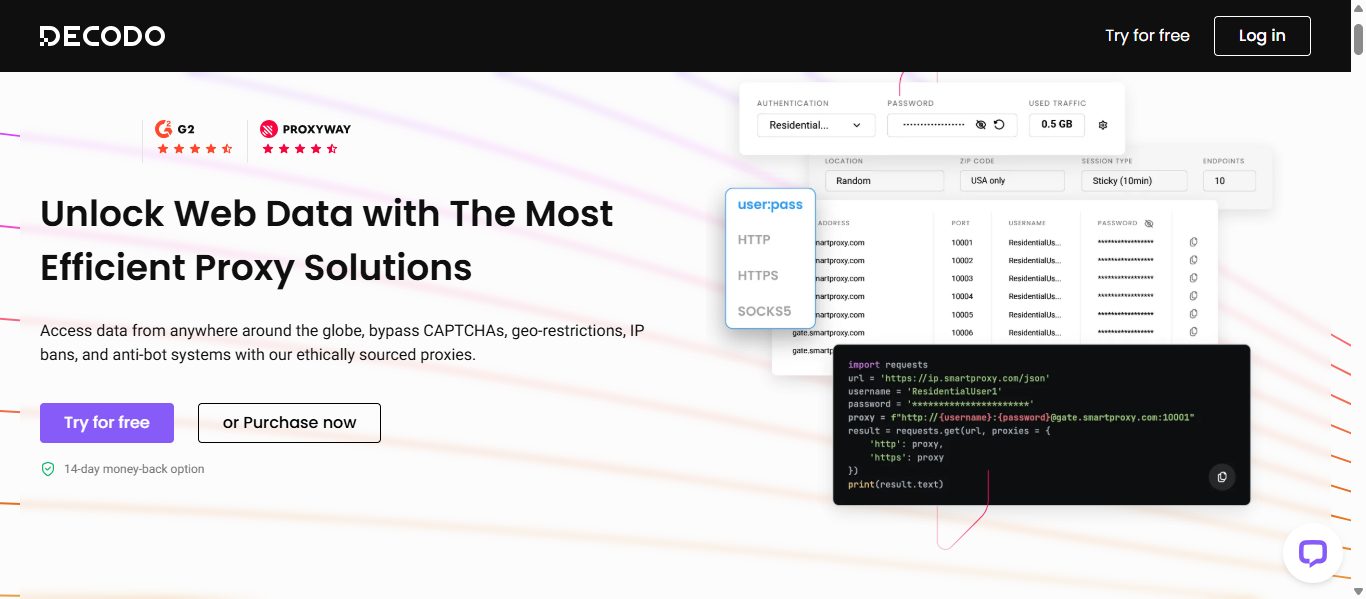
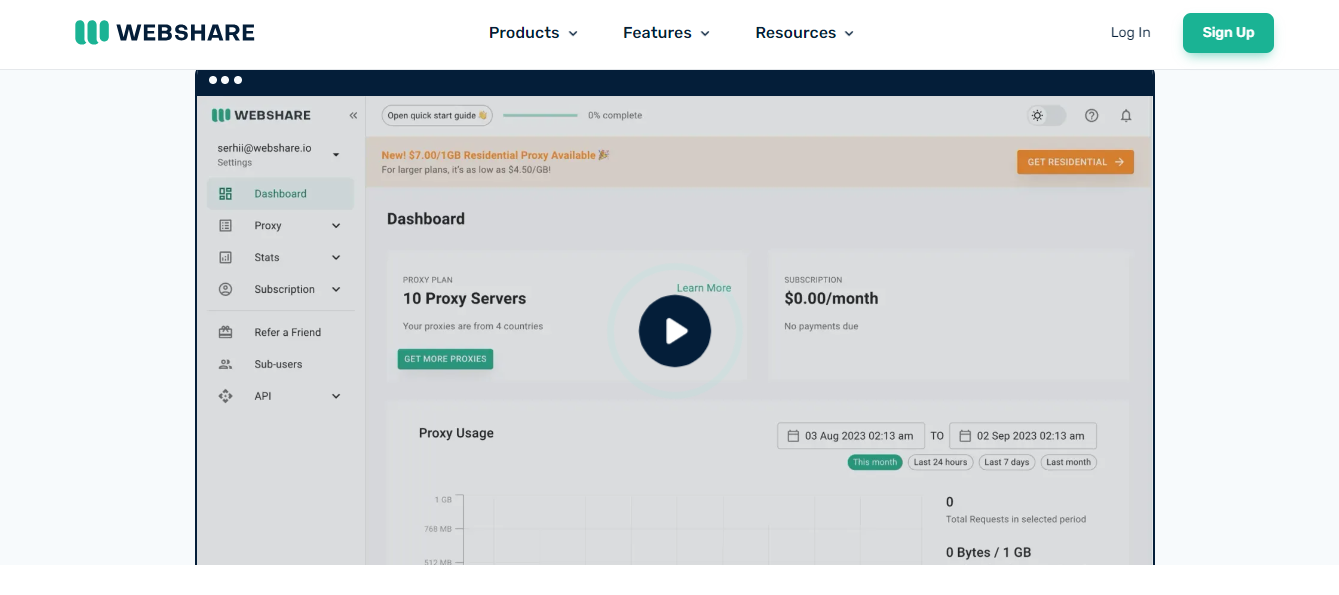
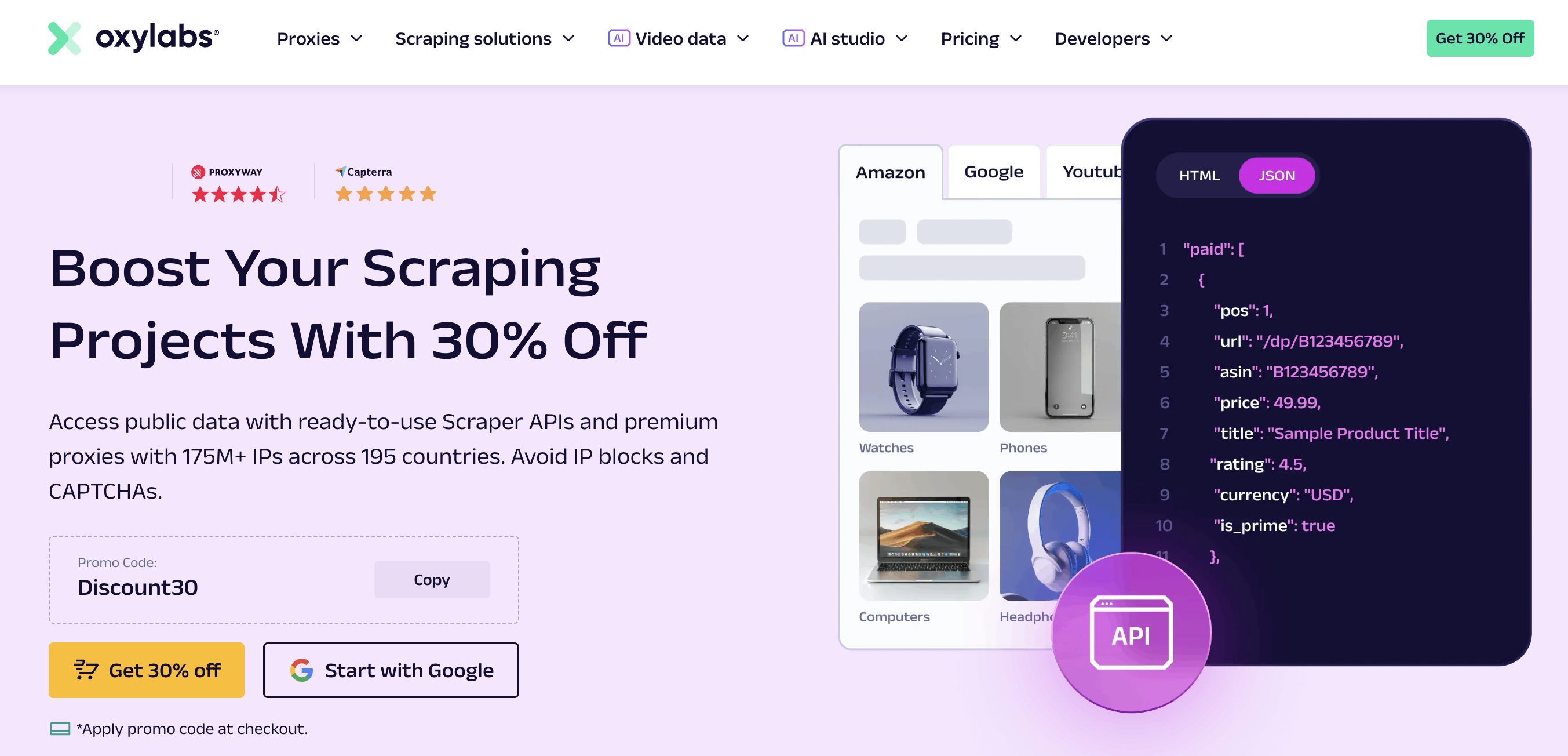




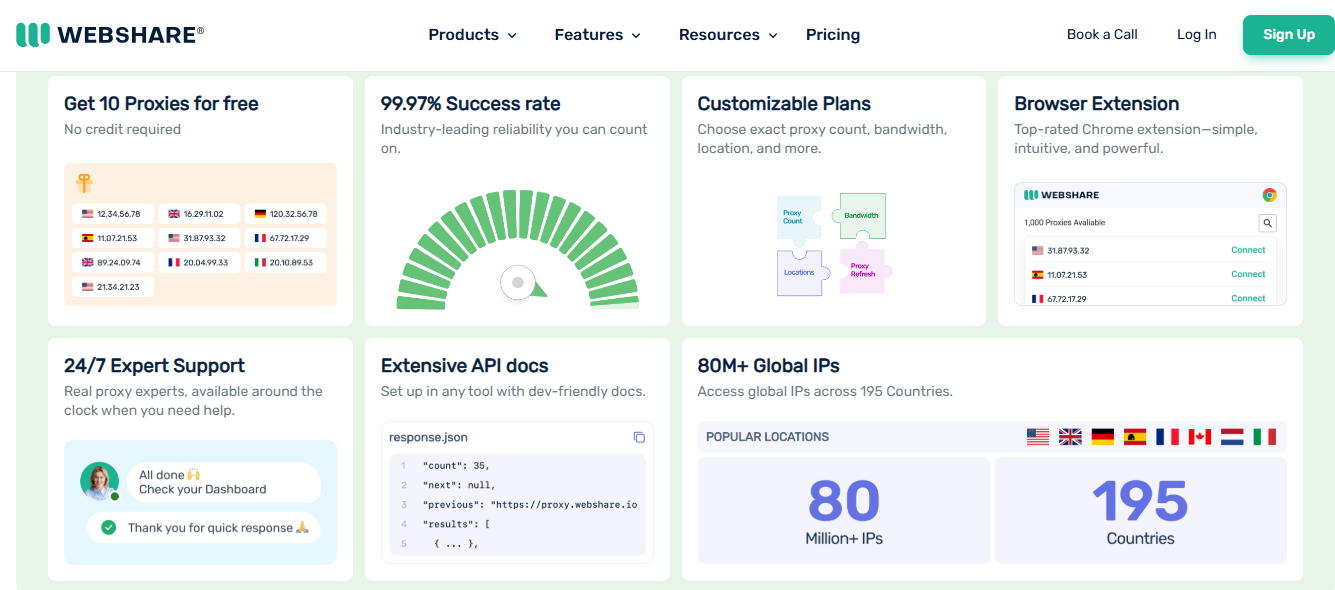
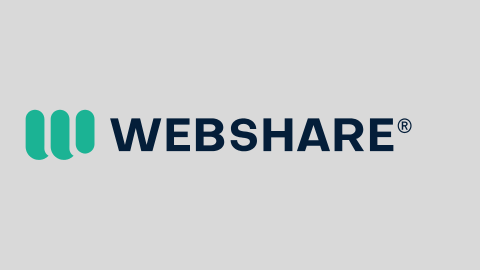


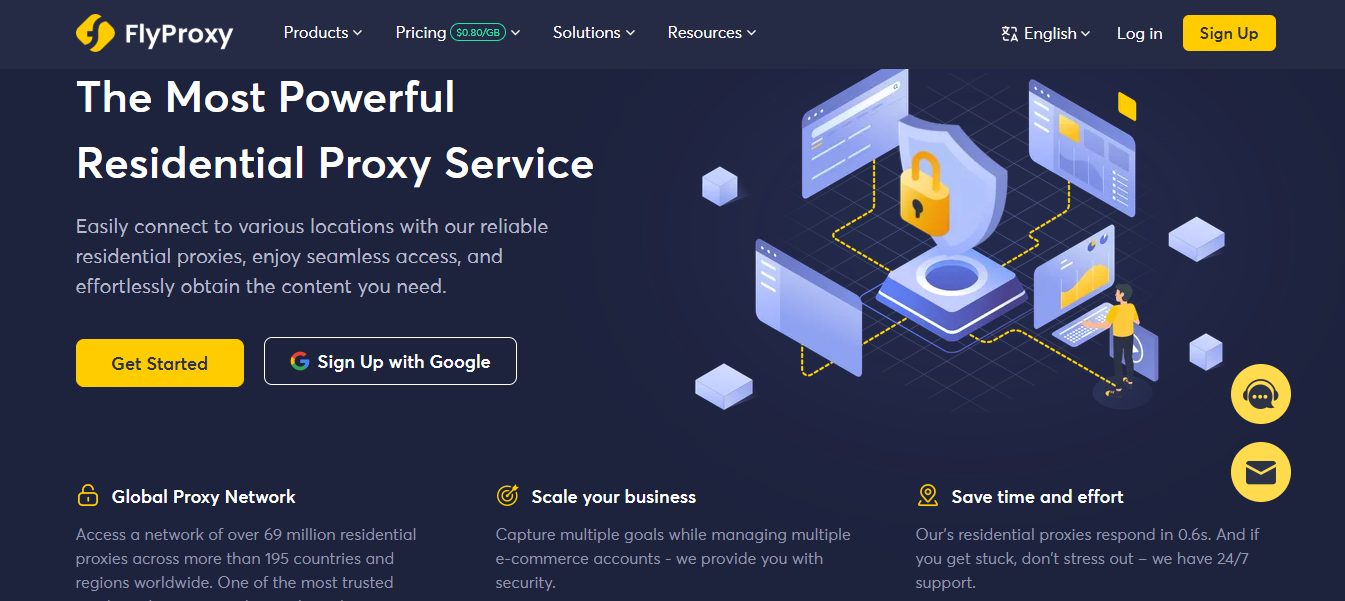
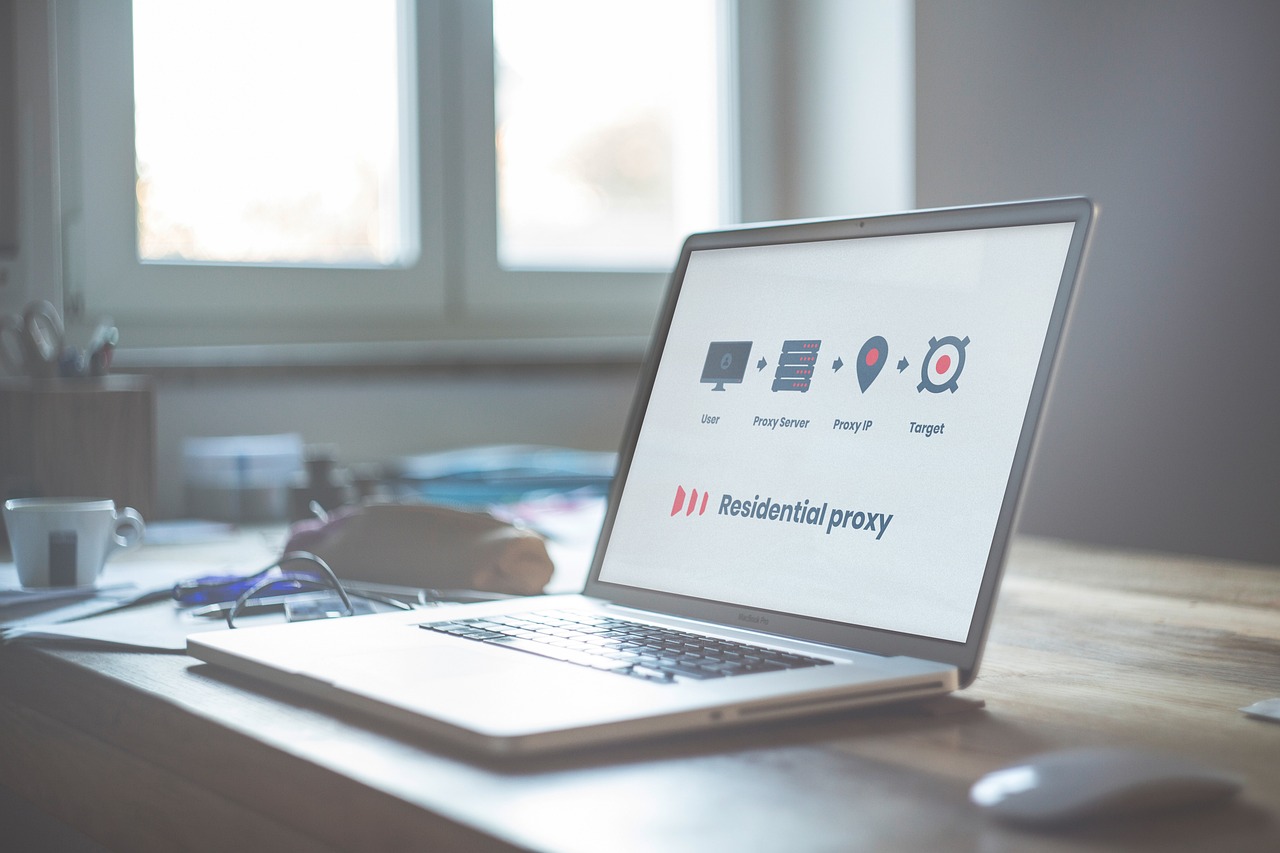

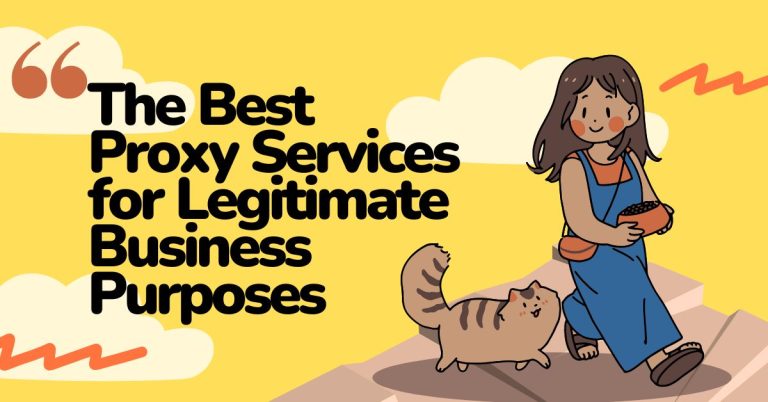
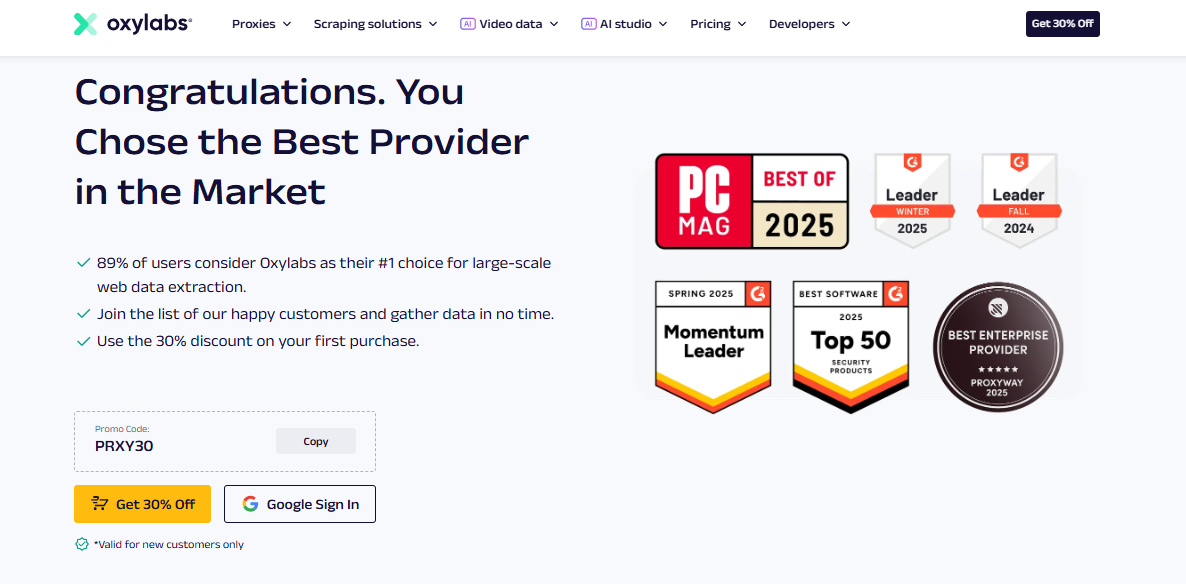
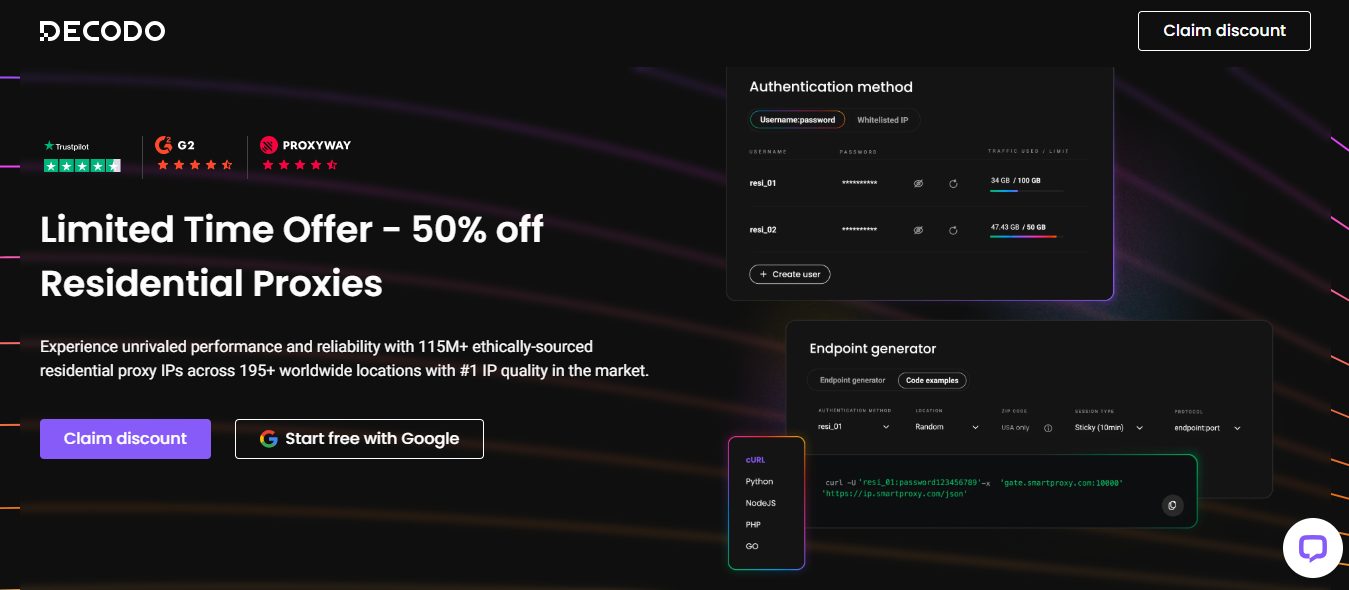


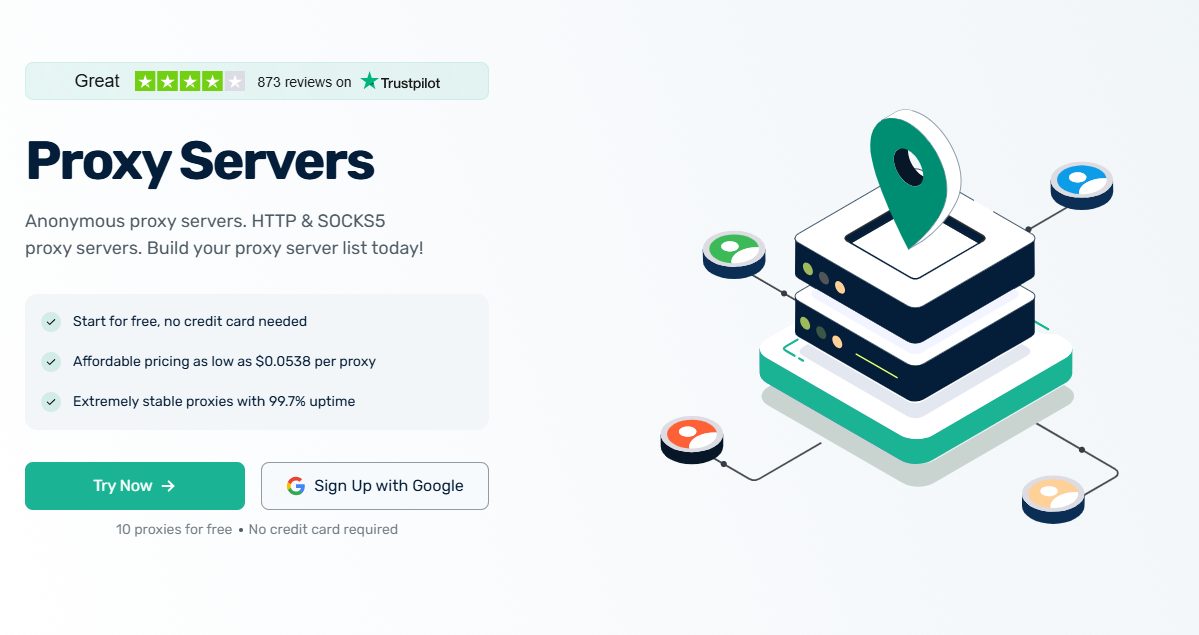
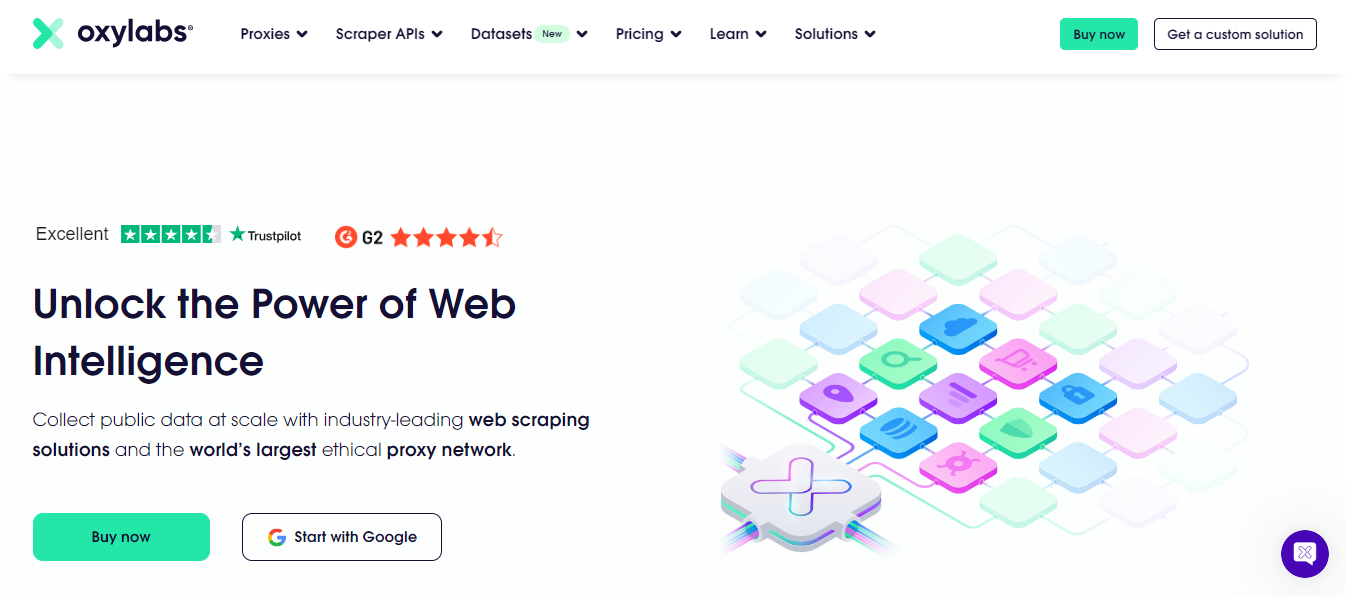
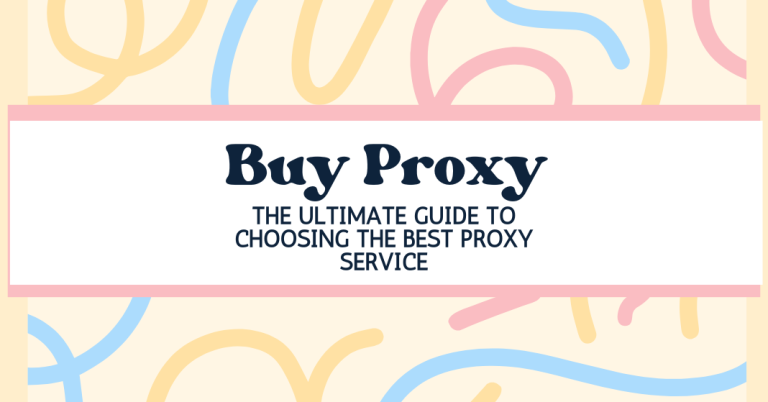
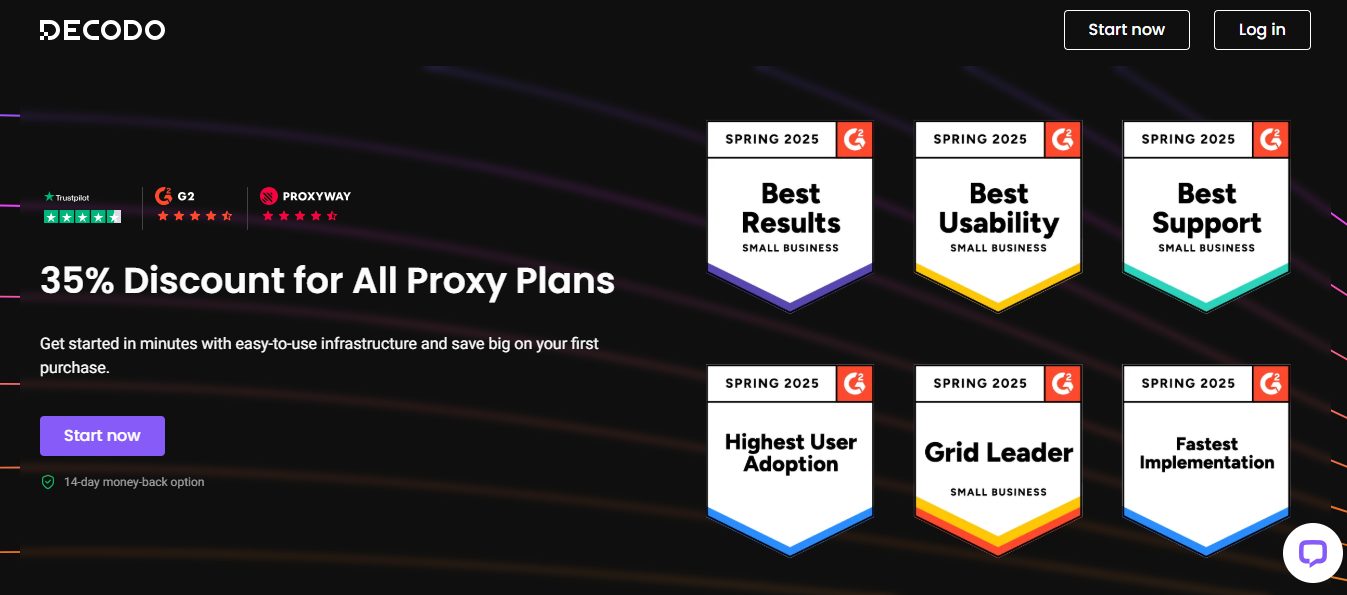

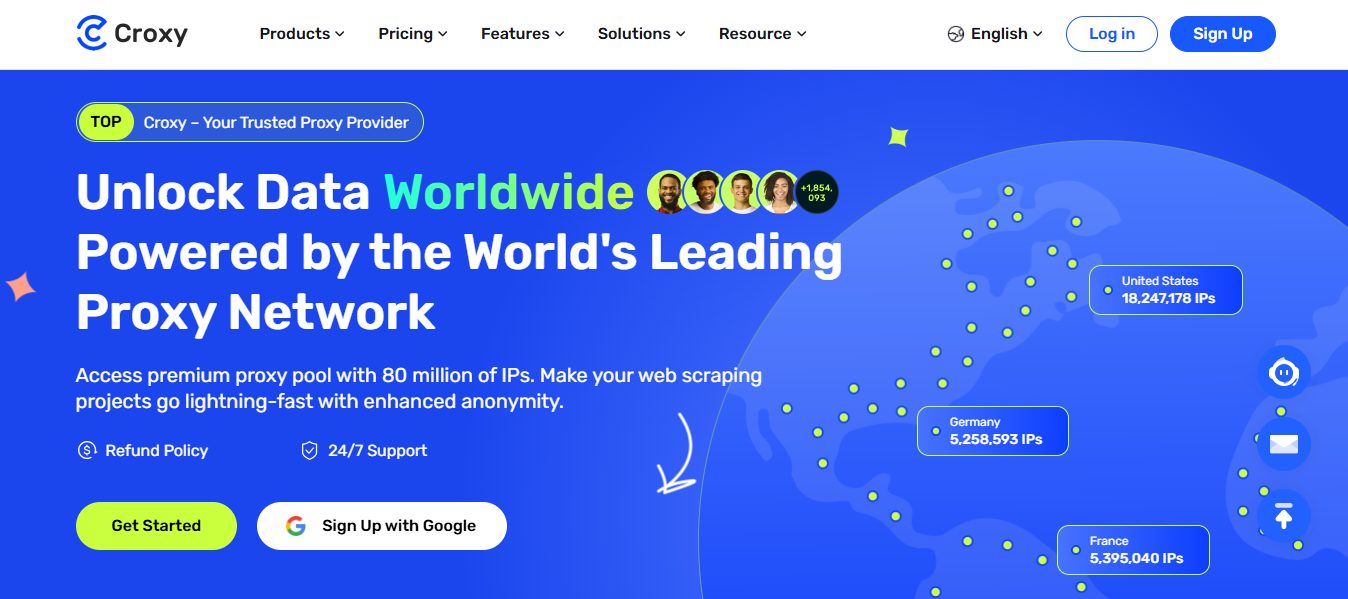
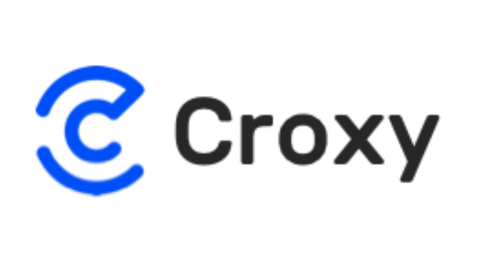
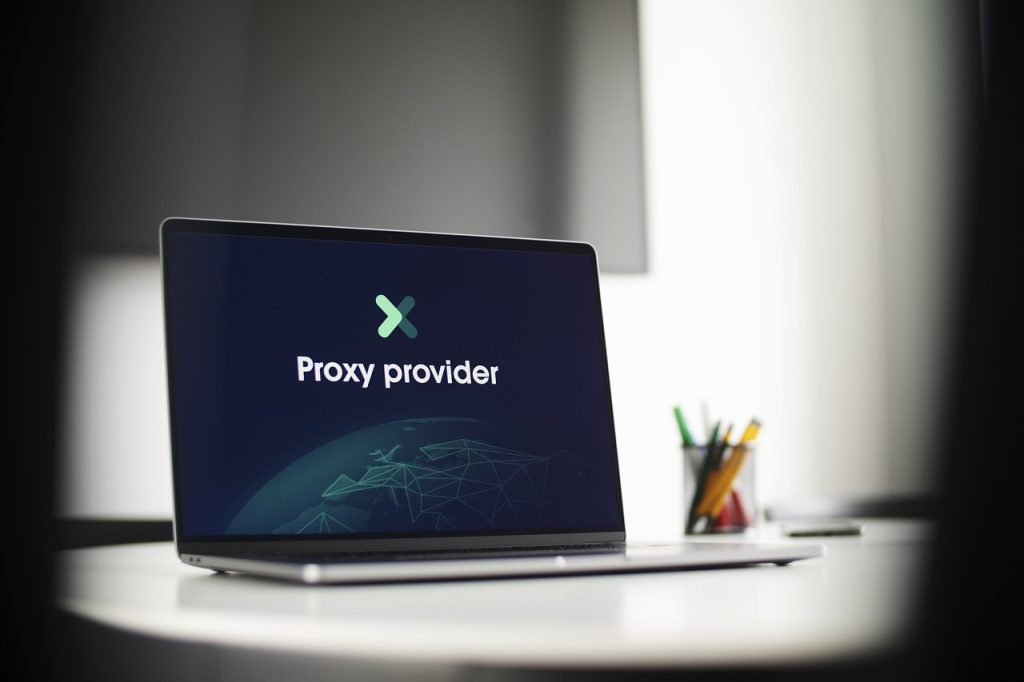






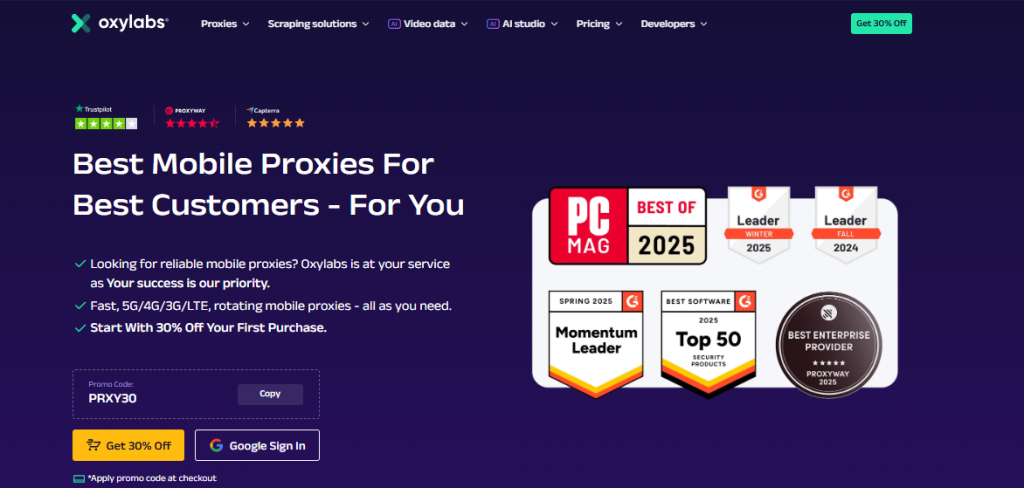
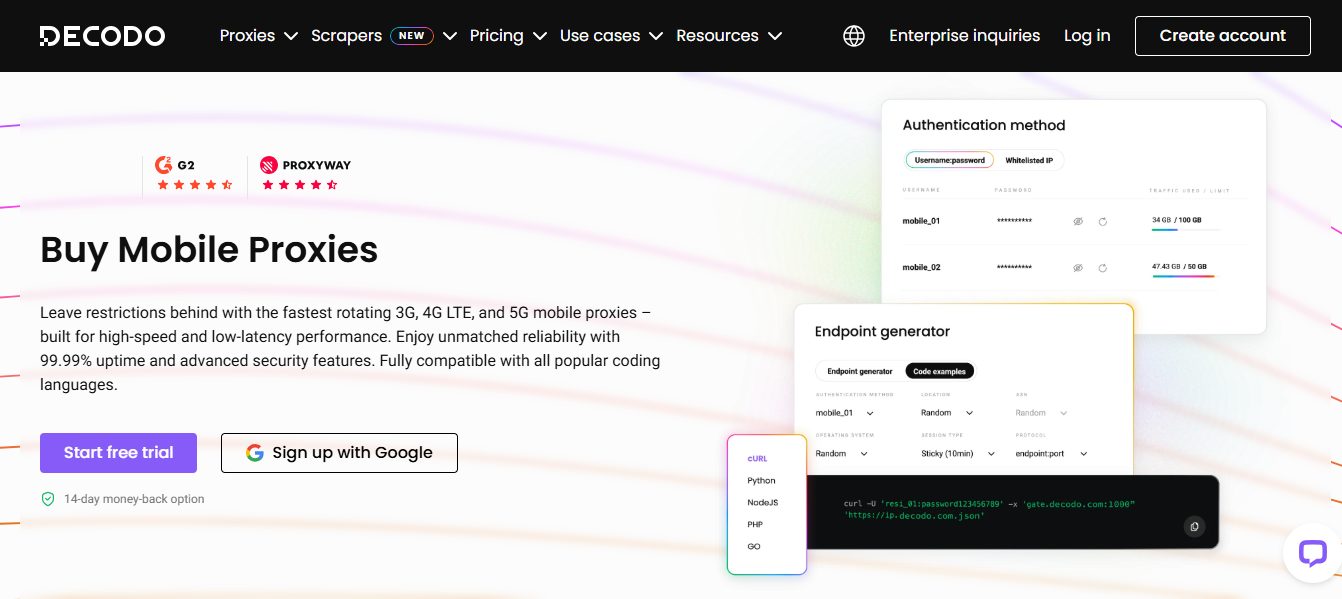
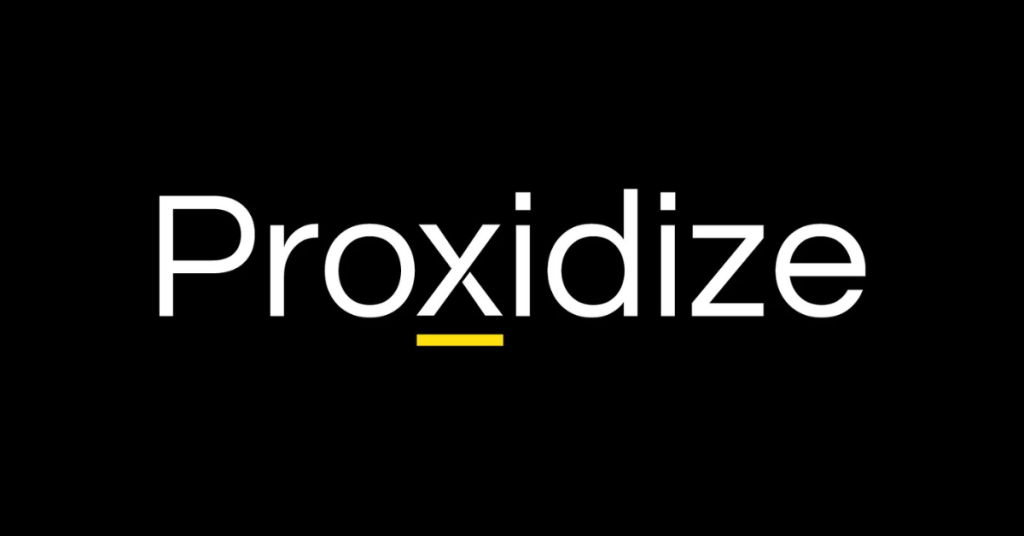




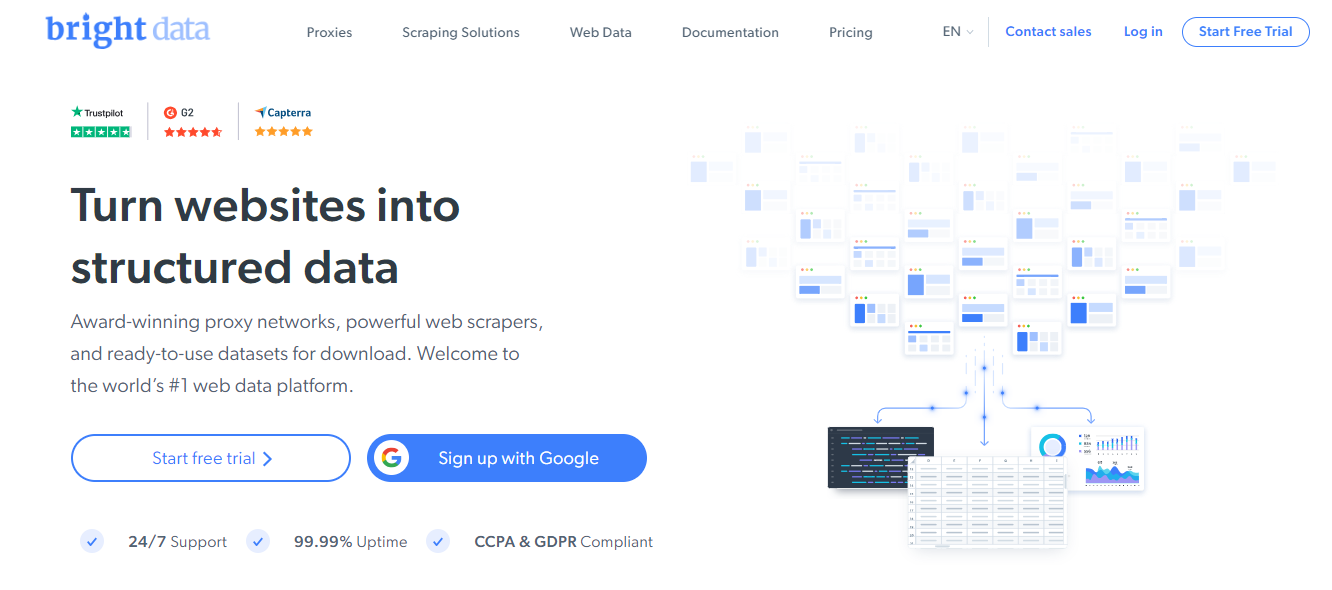
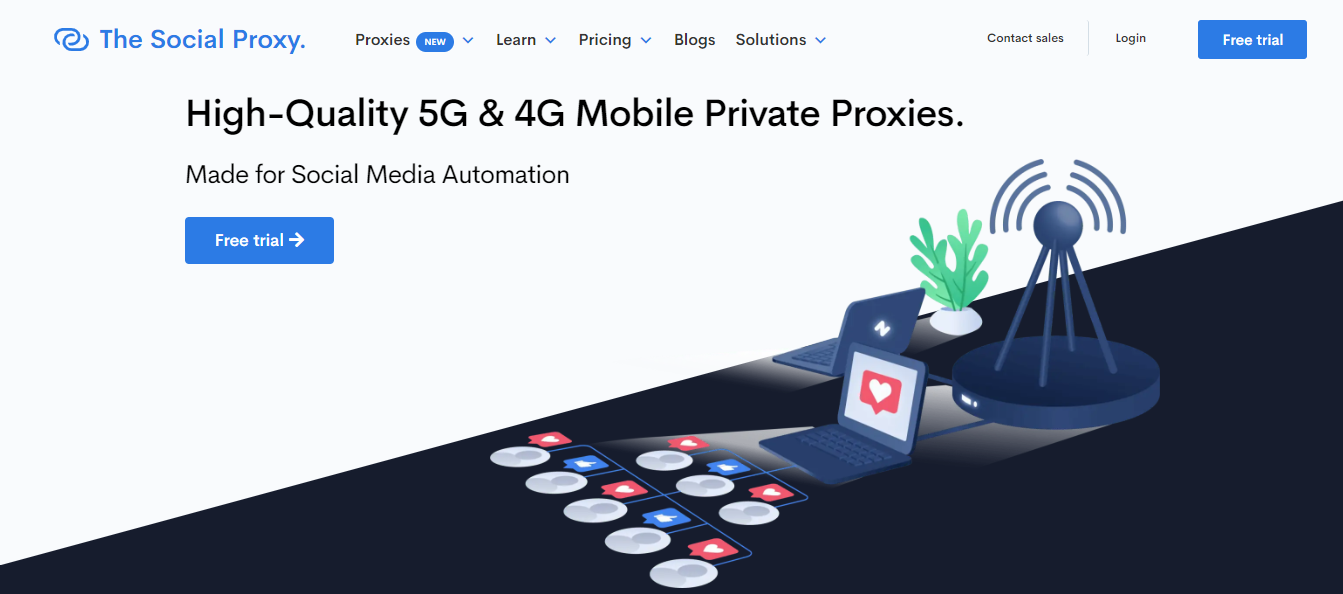
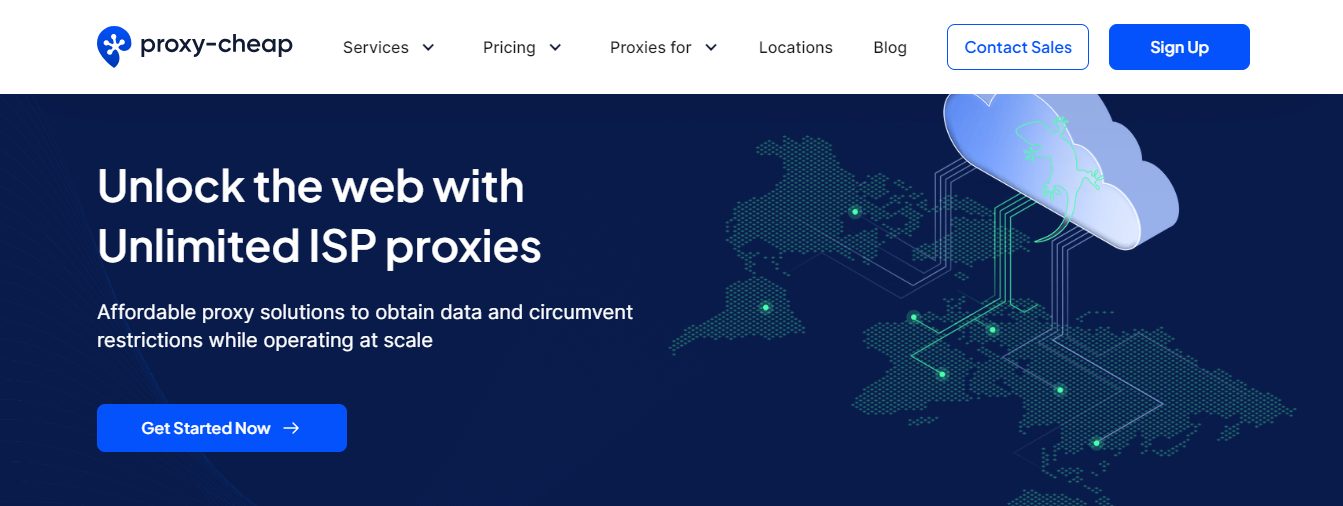
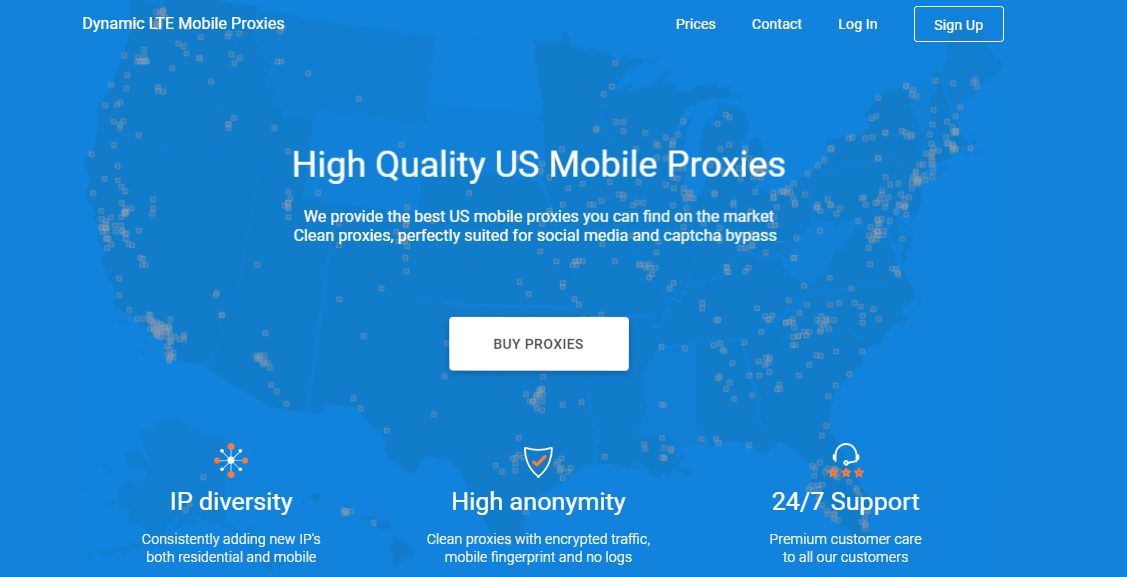

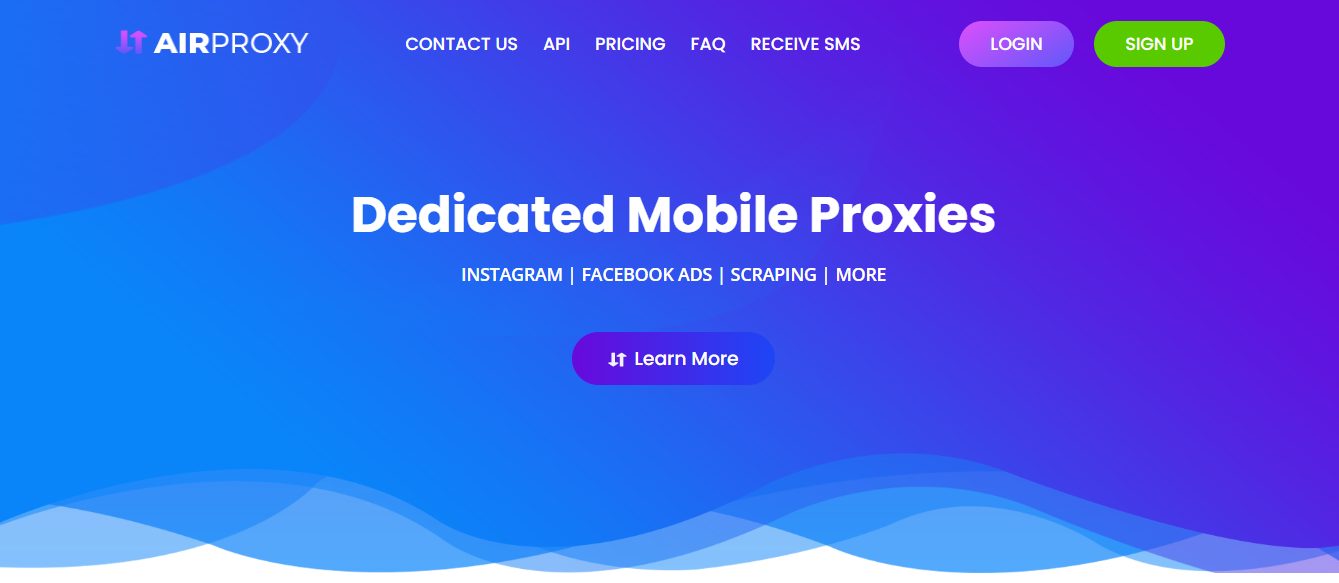
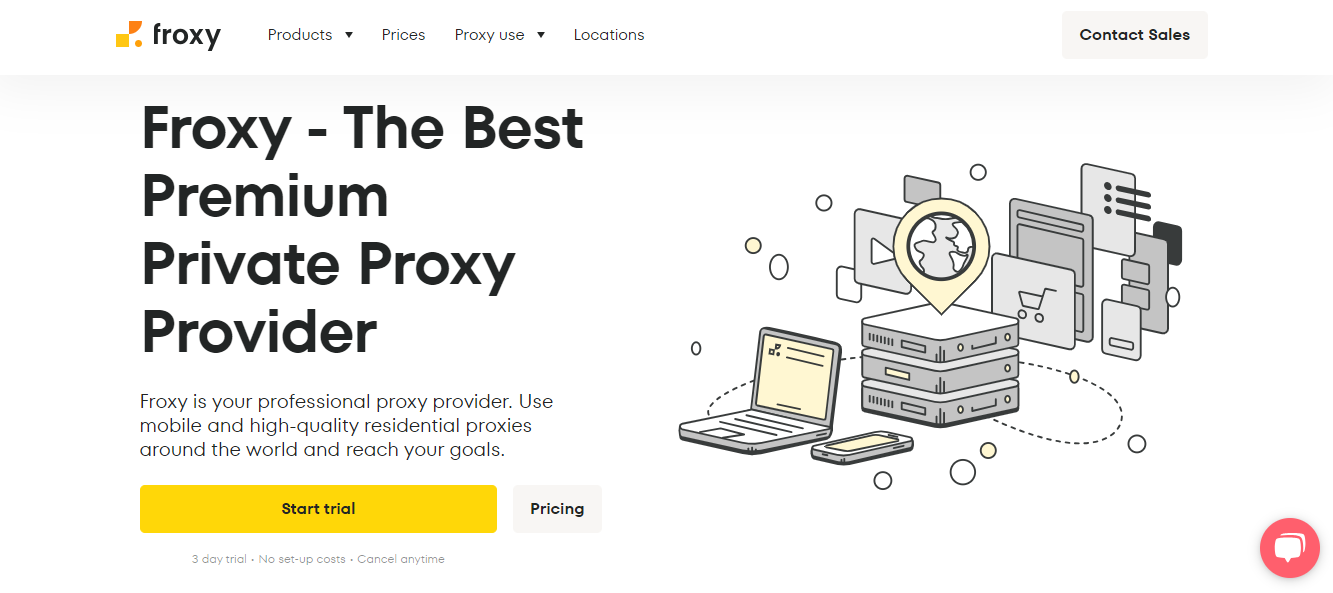


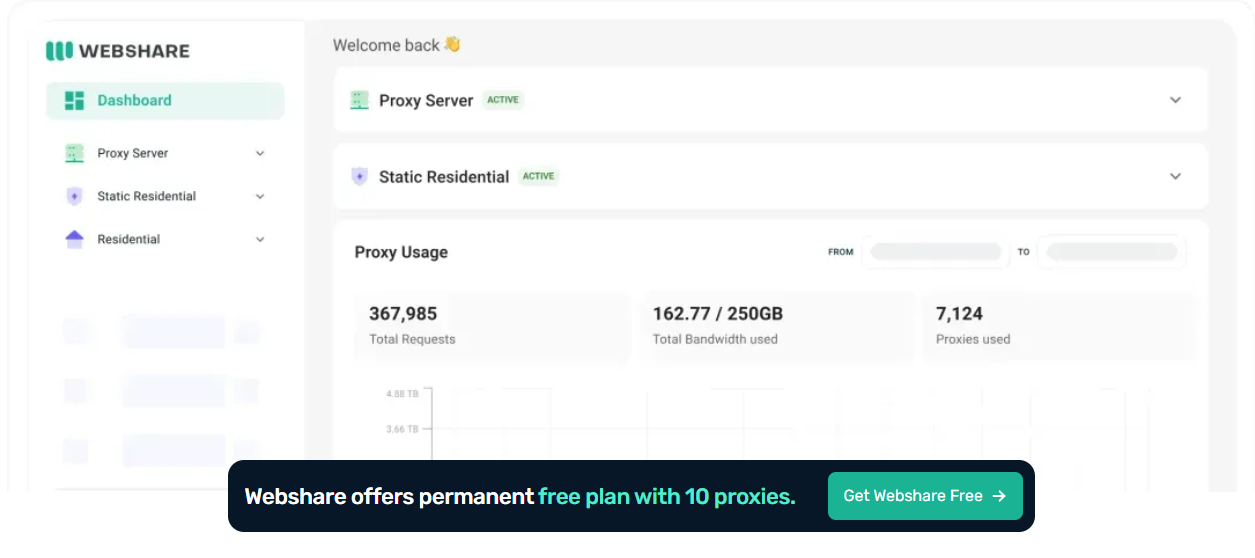

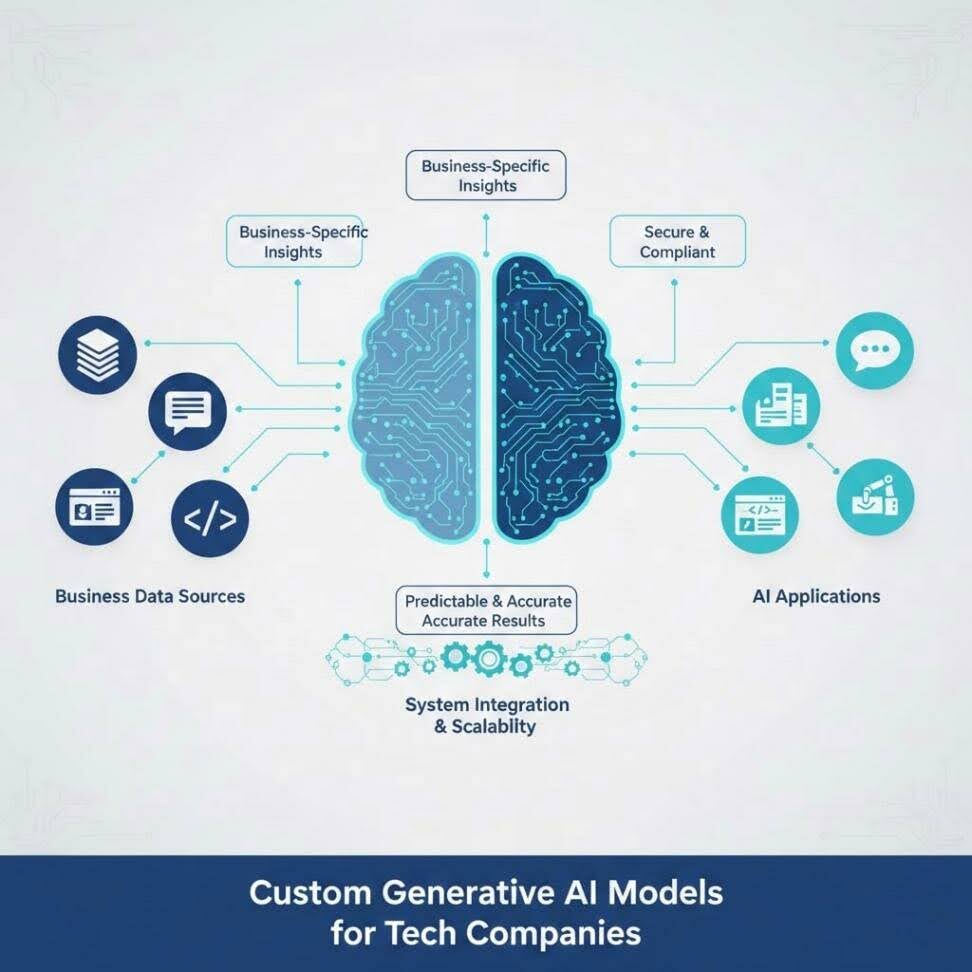


![15 Best Proxy Service For 2025 [Tested, Reviewed & Ranked] 15 Best Proxy Service For 2025 [Tested, Reviewed & Ranked]](https://secureblitz.com/wp-content/uploads/2023/07/Best-Proxy-Service-768x402.jpg)
